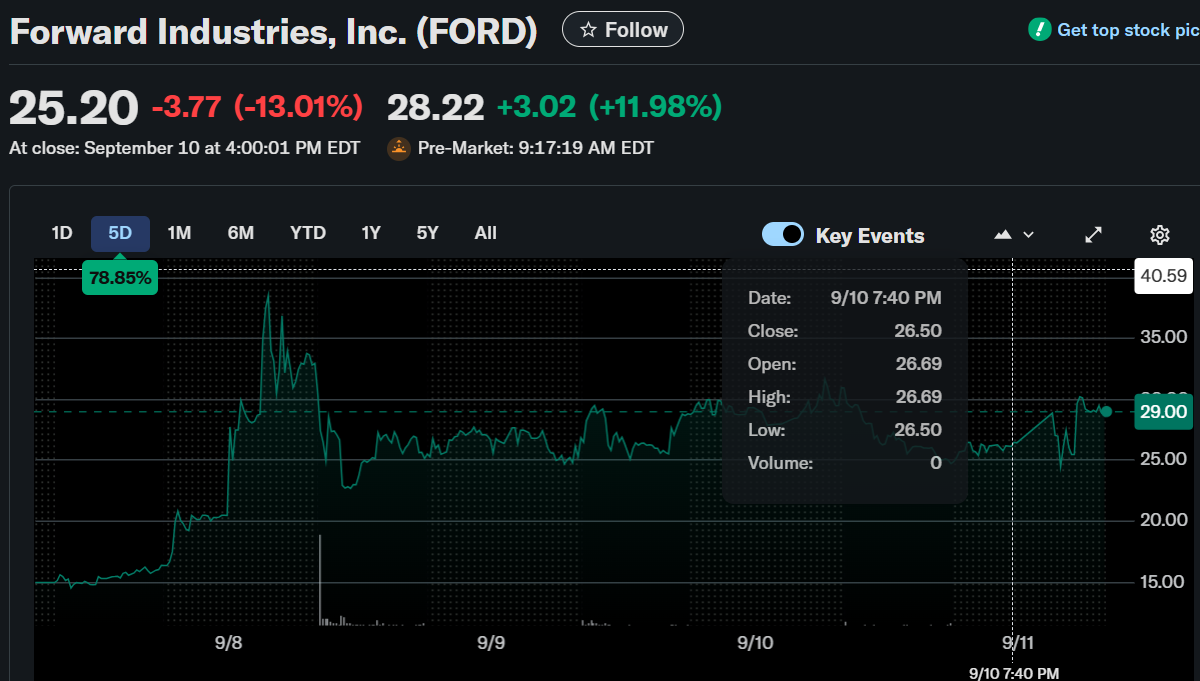11.09.2025 13:26
**Original News Context:**
This report, originally found on internet sources, details the European Central Bank's decision to maintain its key interest rate at 2%. While this move was largely anticipated by financial markets, the surrounding economic climate, particularly the resurgence of trade tensions initiated by Donald Trump, casts a significant shadow over the outlook for the Eurozone economy.
**Re-written News Report:**
In a move that mirrored market expectations with near certainty, the European Central Bank (ECB) opted to hold its benchmark deposit facility rate steady at 2% on Thursday, marking its second consecutive meeting without a policy adjustment. However, the significance of this decision transcends the mere confirmation of market forecasts, as the prevailing economic atmosphere presents a decidedly somber backdrop. The Eurozone finds itself ensnared in a protracted period of sluggish economic expansion, a situation that former President Donald Trump's renewed trade disputes are poised to exacerbate, further complicating an already delicate scenario.
Previously, the ECB had last altered its monetary stance in June, when it strategically retreated from the peak rate of 4% that had been in place the prior year. With inflation currently hovering in proximity to the bank's medium-term objective, described as "around the 2%," an immediate cause for alarm appears absent. Nevertheless, a palpable lack of clarity regarding future policy direction pervades the current landscape. The ECB's Governing Council, in its official statement, indicated that its assessment of the inflationary trajectory remained largely unchanged, offering no forward guidance or definitive path forward, leaving observers to anticipate further data releases and a prolonged period of observation.
The more pressing concern, however, stems from external instabilities that extend beyond the continent's borders. The ECB's decision transpired amidst a backdrop of escalating global uncertainty, a significant factor that overshadows the seemingly stable inflation figures. While the inflation outlook may appear manageable, the broader economic picture for the Eurozone presents a less encouraging narrative. The region’s gross domestic product experienced minimal growth in the second quarter, registering a mere 0.1%, a marked deceleration from the 0.6% recorded in the preceding quarter. Despite the ECB's projection of control, economic momentum continues to be hampered by influences that lie well outside the purview of its monetary policy instruments.
The imposition of a 15% blanket tariff on European Union exports bound for the United States, following an earlier trade agreement in July, initially impacted specific sectors such as pharmaceuticals, while leaving others, notably the wine and spirits industry, in a precarious position. Subsequently, heightened tensions have emerged with former President Trump threatening retaliatory measures against the EU in response to Brussels levying a substantial $3.45 billion fine on Google. This escalating exchange of trade restrictions is now prompting markets to brace for a further cycle of tit-for-tat tariffs. Each subsequent headline contributing to this trade friction undoubtedly complicates the ECB's challenging task of navigating these turbulent economic waters.











